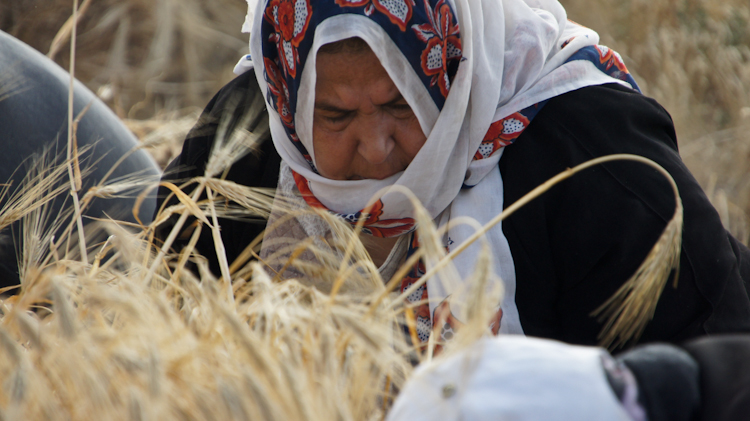Tag: Buffer Zone
-
Gaza: Harvesting barley at Erez crossing amidst gun fire
By Hama Waqum 19 May 2012 | International Solidarity Movement, Gaza Ten Palestinian volunteers harvested wheat in Gaza’s northern no-go zone on Wednesday, May 16, only 350 meters from where the Israeli Apartheid wall encircles the Gaza Strip. Two weeks ago the barley was cut and gathered and on Wednesday, volunteers loaded the harvest onto…
-
Wheat farmers under fire in Gaza: We must continue to work our land
by Nathan Stuckey 23 April 2012 | International Solidarity Movement, Gaza Today we went farming with the family of Ahmed Saadat. We arrived in Khuzaa at about 7 AM and met Ahmed. He told us that the Israeli’s had already shot at his family when they went to their land to begin work. We went…
-
It’s time to harvest the crop: Accompanying farmers in Gaza under Israeli fire
by Rosa Schiano Translation by Claudia Saba 23 April 2012 | il Blog di Oliva Israeli soldiers have already started shooting onto the land along the border of the Gaza Strip. Two injured just in the first two days of the harvest. Renad Salem Qdeeh, 33, was collecting he crop from her land when Israeli…


